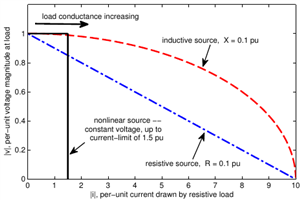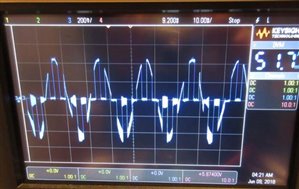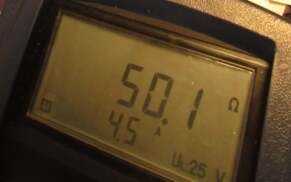A large contractor working on our site have told me yesterday that it is their policy not to live test final circuits where they cannot use a plug? In order to reduce risk, they will now only calculate Zs, on circuits where they would have to open an enclosure, such as FCU's and light fittings.
The control measures we insist are in place, are IP2X equipment, GS38 leads, two man rule with second man having resus training, among others. So I feel the risk has been reduced to as low as reasonably practicable. An d my instinct tells me that a measured Zs reading must be more accurate than a calculated one, since it will include all parallel paths under test.
The contractor is happy to live test distribution circuits, so it seems they want to pick and choose.
They also state that this is how things are now, and have worked at many different sites, Cross Rail, Heathrow, various MOD sites etc, and that they al accept this as common practice.
I like some opinions to find out what's going on out there on other sites.



